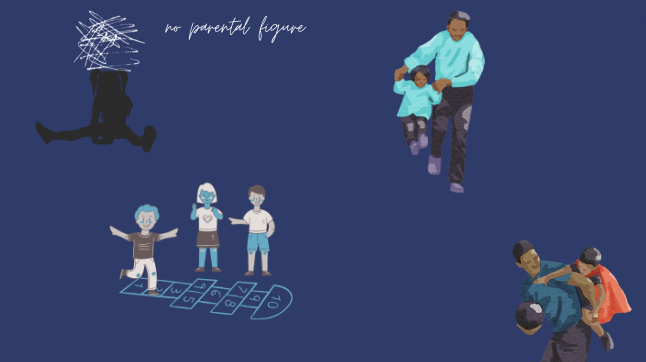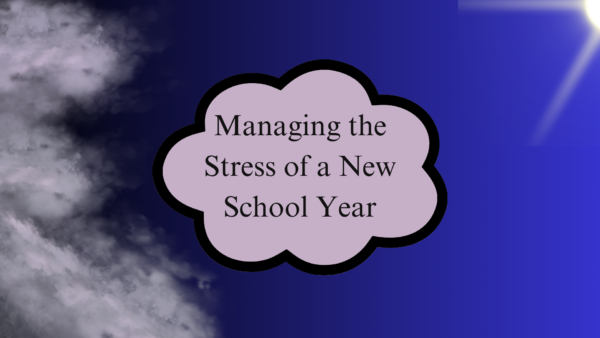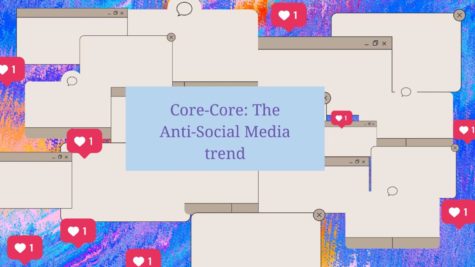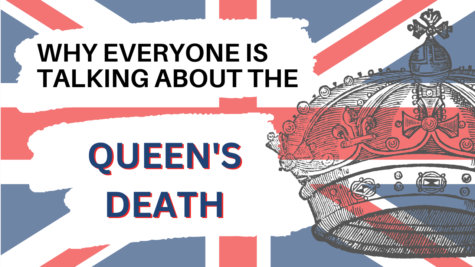The Declining U.S. Population rates
The population continues to decline.
February 12, 2019
People today often hear the population is growing and soon we’re not going to have enough housing and jobs for all the people being born into this world. This may be true for the overall world population, but when taking a closer look, the population increase in the U.S. seems to have been slowly declining over the years.
The world population has a growth rate of about .03% per year. That means the population is going to increase an estimate of about 82 million people per year. In 2005, the United States increased by 2.9 million people. However, in 2010, that number dropped to only 2.3 million. A decrease of 500,000 people.
“It isn’t as popular to have children in the U.S. when you look at teenagers now,” said Junior Sally Moyes. “But it may be beneficial due to overpopulation [in the rest of the world].”
According to an article published in 2012 on the population reference bureau, the declining population is likely due to lower levels of immigration and declining fertility rates.
Between 2010 and 2017 an estimated 4.6 million immigrants entered the United States. That still seems like a great deal of immigration, but it’s a large drop from the previous 15 million immigrants that immigrated in the 1900s. With immigrants making up about 13.5% of the U.S. population, these number drops are nothing to sneeze at.
In these modern times, fewer and fewer Americans are having children. With their high costs and commitments, people aren’t too keen on having children. The World Bank has averaged out the birth rates of Americans to only 1.80 births per woman.
“If you aren’t certain whether you should have kids or not, don’t have them,” Moyes said.
New York seems to be the state that’s declining faster than any of the other states in America. According to data released by the U.S. Census Bureau, New York has lost an estimated 48,510 people from July 1, 2017, to July 1, 2018. Citizens of New York have been moving out due to the rising taxes and general living expenses.
The city of Detroit experienced a major decline in citizens. Over half a century ago, Detroit experienced a large number of factory closures, riots, segregation, and urban renewal. For this reason, people have been immigrating to different places of residency. Detroit’s population dropped and become a bit of a ghost town in some areas.
Previously, Detroit had a population of about 1.8 million people, but by 2010, the city had lost more than 60% of that number leaving Detroit with a population of just a little over 700,000 citizens. Recently, according to the Detroit News, the population has begun to stabilize due to young Latino adults moving into the city’s housing. Nonetheless, because of the very low levels of poverty and job opportunity, people still continue to leave Detroit for better cities.
“It’s good to have less people since we have a serious overpopulation problem, but the downside is that lesser people means less people working,” said Senior Joshua Beckstead, “this can lead to an economic decrease and decrease of tax income for our government.”
Despite these depleting rates, the U.S. population is still growing overall, just not as fast. It is predicted that by 2051, the United States population will reach almost 400 million people.















